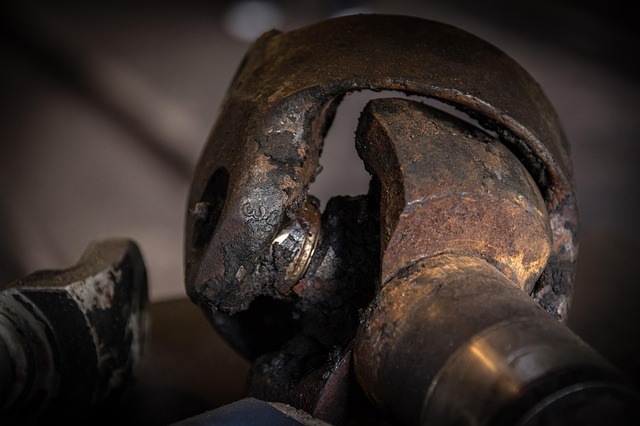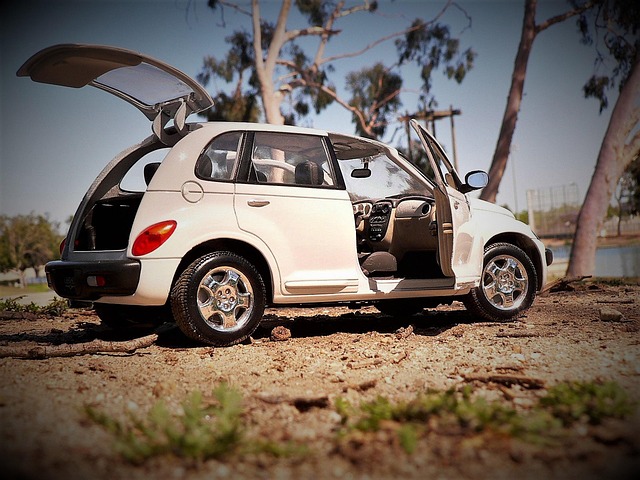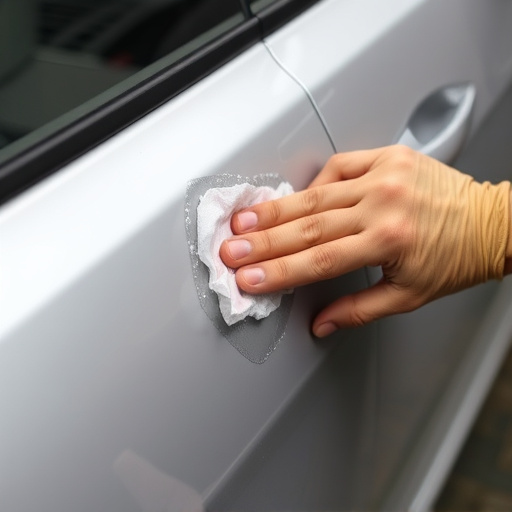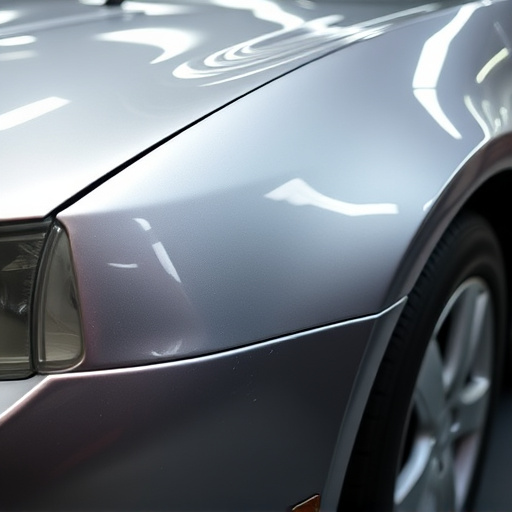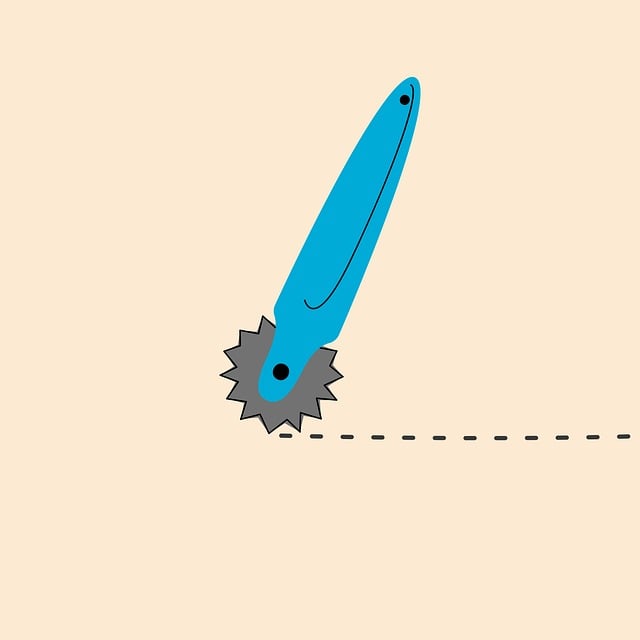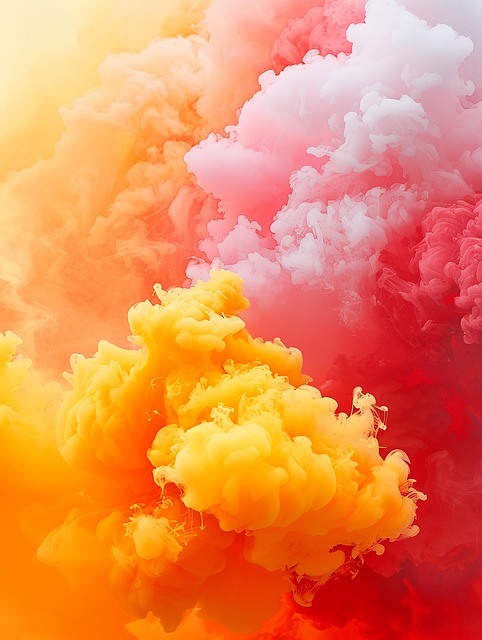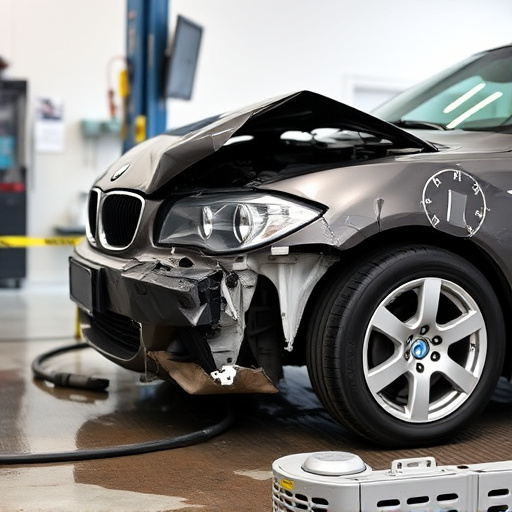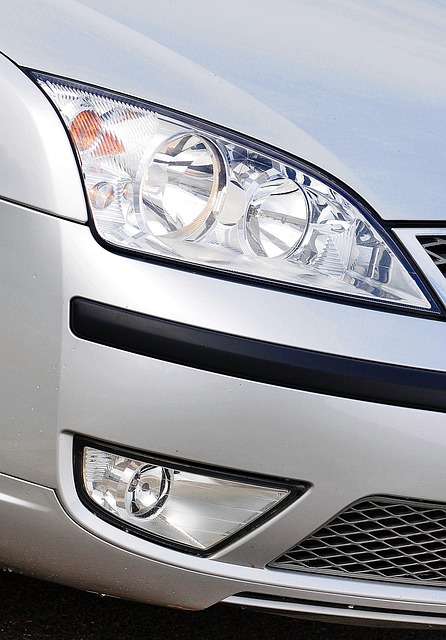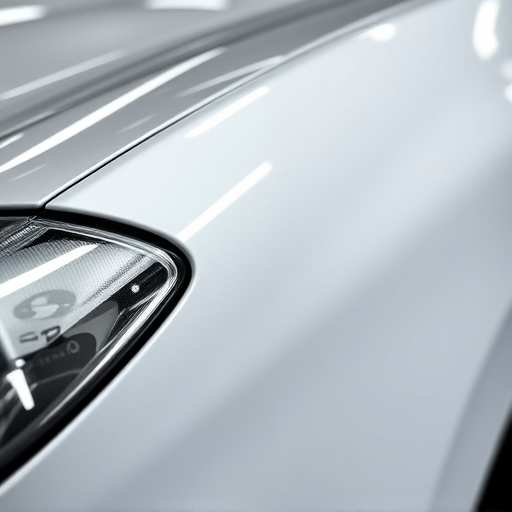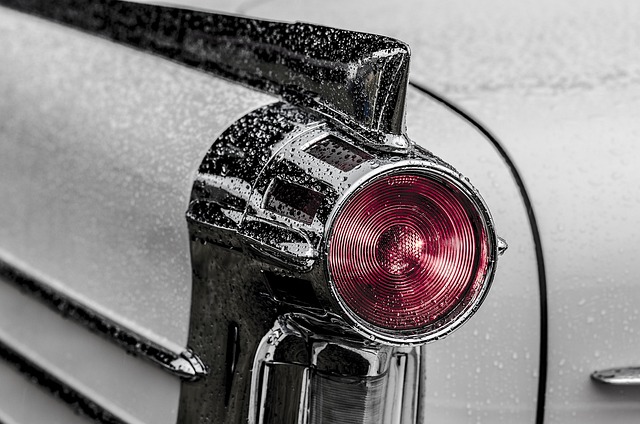Mercedes pearl effect repair requires expert technicians and advanced equipment for precise application, matching color and sheen perfectly. Environmental factors impact durability, so professionals create controlled environments to prevent imperfections and ensure long-lasting results that match original specifications. Systematic approach includes inspection, surface preparation, paint application, curing, and final touch-ups, preserving the stunning aesthetics of Mercedes pearl effect finish after any collision.
“Uncover the intricate relationship between our environment and the quality of Mercedes’ iconic pearl effect paint. This article delves into the unique composition of these glossy, iridescent finishes and how varying environmental conditions impact their durability and appearance. From temperature and humidity to air pollution, we explore the challenges faced in maintaining the pristine look of Mercedes pearl effect paint. Additionally, discover practical strategies for effective repair and restoration, ensuring these eye-catching effects remain flawless.”
- Understanding Mercedes Pearl Effect Paint Composition
- Environmental Factors Affecting Paint Quality
- Strategies for Effective Pearl Effect Repair
Understanding Mercedes Pearl Effect Paint Composition
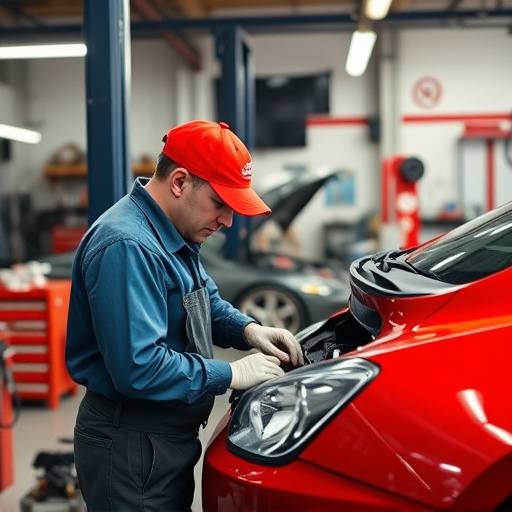
Mercedes Pearl Effect paint is renowned for its stunning, iridescent finish—a signature look for many Mercedes-Benz models. This unique coating consists of a complex blend of pigments and resins designed to create a captivating, three-dimensional effect. The core component is usually a micro-metallic pigment, which, when mixed with specific binders and resins, forms tiny, reflective particles that scatter light, producing the pearl-like shimmer.
This intricate composition requires precision during the application process, making Mercedes Pearl Effect repair a specialized task. Auto body repairs experts need to match the original finish perfectly, considering factors like color, gloss, and metallic sheen. Vehicle paint repair techniques for this specific effect often involve advanced equipment and trained technicians to ensure a flawless, high-quality restoration, maintaining the vehicle’s aesthetic appeal and protecting its investment value.
Environmental Factors Affecting Paint Quality
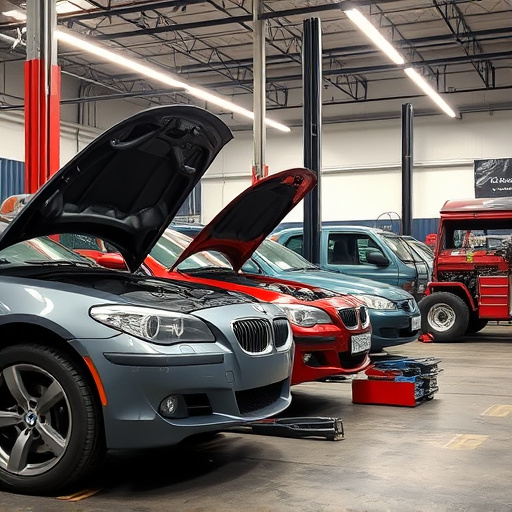
Environmental factors play a significant role in determining the quality of Mercedes pearl effect paint. Elements such as temperature, humidity, and air pollution can significantly impact the durability and aesthetics of the finish. For instance, extreme heat can cause the paint to dry too quickly, leading to surface imperfections, while high humidity levels may result in delayed drying times, increasing the risk of mold or mildew formation on the painted surface. Additionally, air pollutants like dust, fumes, and smoke can dull the pearl effect over time, necessitating regular washing and maintenance.
Proper Mercedes pearl effect repair and restoration require addressing these environmental concerns. Collision repair services that specialize in automotive body shop work understand the importance of creating a controlled environment during the painting process to mitigate these effects. By utilizing advanced equipment and adhering to strict quality control measures, these auto collision centers ensure that the restored pearl effect not only matches the original specifications but also stands up against environmental challenges, guaranteeing longevity and maintaining the car’s stunning appearance.
Strategies for Effective Pearl Effect Repair
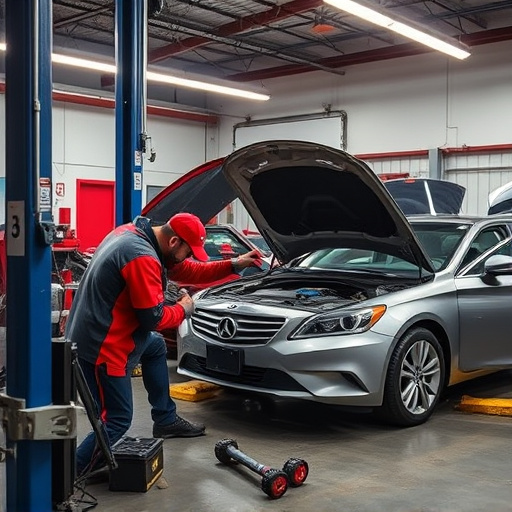
When it comes to Mercedes pearl effect paint repair, a systematic approach is key to achieving high-quality results that match the original finish. The first step involves thorough inspection and assessment of the damaged area. A professional will check for cracks, chips, or delaminations in the pearl effect coating using specialized tools and expertise. This meticulous process ensures that only the affected portion is restored, preserving the integrity of the surrounding paintwork.
Effective repair strategies often include surface preparation as a critical component. After cleaning and decontaminating the damaged area, filling and sanding are performed to create a smooth base for the pearl effect coat. This prep work is crucial in hiding imperfections and ensuring a seamless blend with the car’s existing bodywork services. Once the surface is ready, skilled technicians apply the pearl effect paint using advanced techniques, allowing it to cure properly before final inspection and touch-ups. Remember that prompt action after a fender bender or any minor collision can significantly impact the overall auto maintenance process and preserve the stunning aesthetics of your Mercedes’ pearl effect finish.
The environmental impact on Mercedes Pearl Effect paint quality cannot be overlooked, especially in addressing issues like scratches and chips. By understanding the intricate composition of this unique paint and the environmental factors that influence it, enthusiasts and professionals alike can employ effective strategies for restoration. Through proper care and advanced repair techniques, such as those highlighted for Mercedes pearl effect repair, we can preserve the stunning aesthetic of this iconic finish while minimizing environmental degradation.

